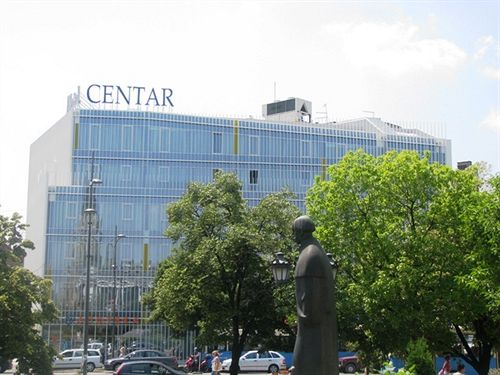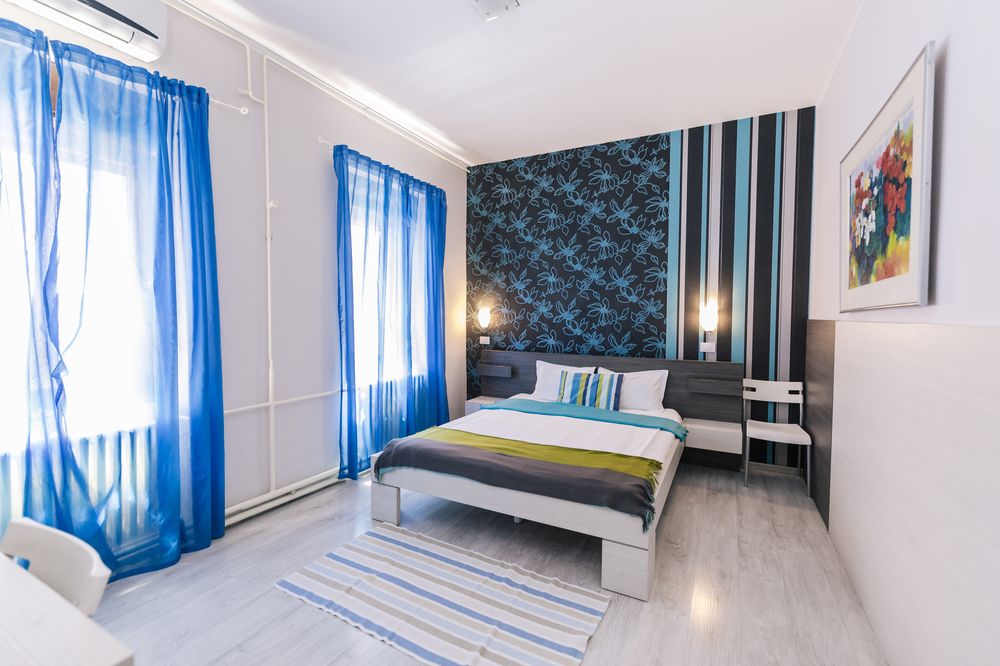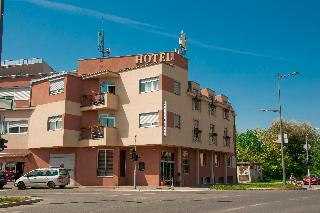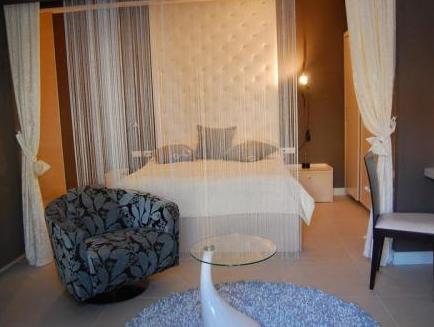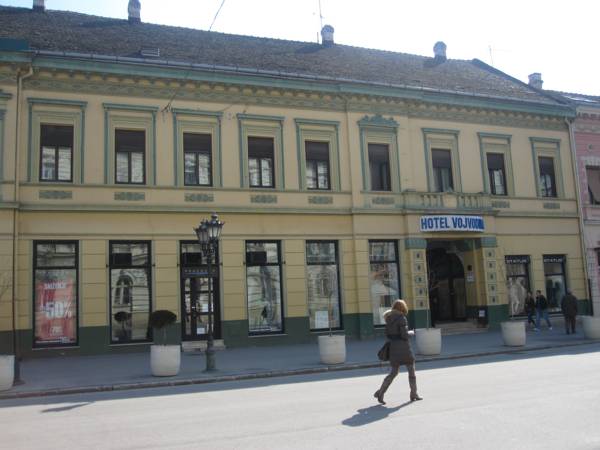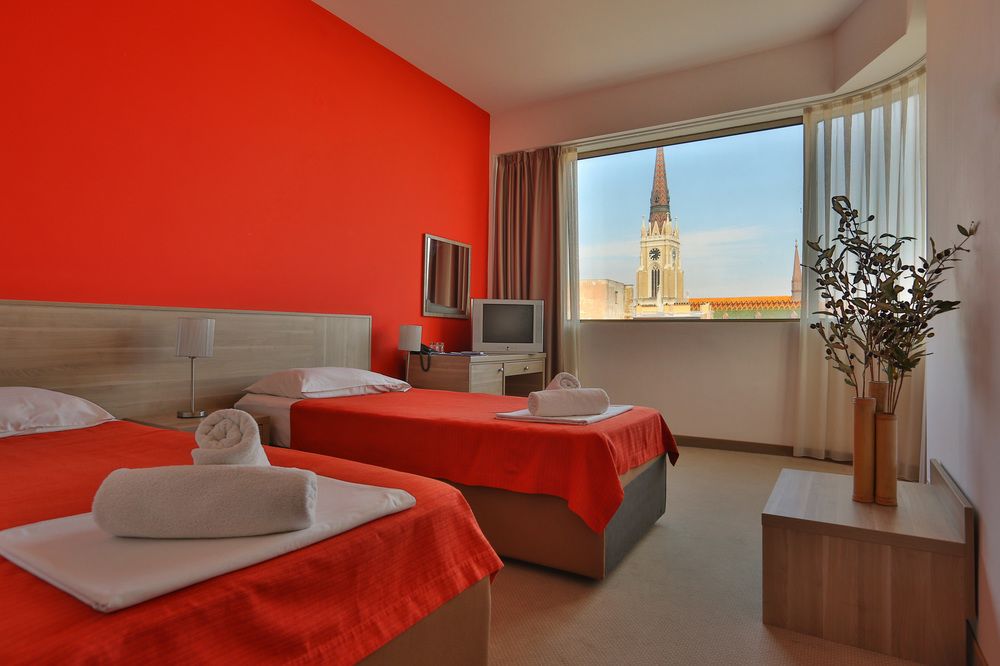ノヴィサドホテル検索結果
AIが見つけた軒のホテルの最安値をご覧ください。
ベストホテル
最安値のホテル
ホテル等級
AIおすすめ
ノヴィサドベストホテル
ノヴィサド 最低価格のホテル
最高評価のホテル
ノヴィサドにある5つ星ホテル
ノヴィサドにある4つ星ホテル
ノヴィサドにある3つ星ホテル
AIがおすすめする世界の旅行先
ノヴィサド近くのホテル情報
ノヴィサド 旅行に欠かせない情報
“The second city of Serbia”
Novi Sad (Serbian Cyrillic: Нови Сад, pronounced [nôʋiː sâːd] ( listen); Hungarian: Újvidék [ˈuːjvideːk]; see below for other names) is the second largest city in modern-day Serbia, the capital of the autonomous province of Vojvodina and the administrative center of the South Bačka District. It is located in the southern part of the Pannonian Plain, on the border of the Bačka and Srem geographical regions. Bordering the banks of the Danube river, the city faces the northern slopes of Fruška Gora mountain.
According to the 2011 census, Novi Sad proper has a population of 250,439, while the entire urban area of Novi Sad (with the adjacent urban settlements of Petrovaradin and Sremska Kamenica) comprises 277,522 inhabitants. The population of the administrative area of the city, including suburbs, totals at 341,625 people.Novi Sad was founded in 1694, when Serb merchants formed a colony across the Danube from the Petrovaradin fortress, a Habsburg strategic military post. During the 18th and 19th centuries, it became an important trading and manufacturing centre, as well as a centre of Serbian culture, earning it the nickname Serbian Athens. The city was heavily devastated in the 1848 Revolution, but was subsequently rebuilt and restored. Today, along with the capital city of Belgrade, Novi Sad is an industrial and financial center important to the Serbian economy. It was selected to be one of the "European Capital of Culture" cities for the year 2021.
 時間 UTC+02
時間 UTC+02 通貨 RSD
通貨 RSD 言語 Serbian, Romanian, Hungarian, Slovak, Croatian, Albanian
言語 Serbian, Romanian, Hungarian, Slovak, Croatian, AlbanianStaypiaだけの特別な特典
リアルタイムホテル最安値比較
AIが見つけたin ノヴィサドの軒のホテルのリアルタイム最安値を簡単に比較検索できます。
316万軒のホテルを最安値で予約
最低価格に最大31%追加メンバーシップ割引でさらにお得にご予約いただけます。
自分だけの
AIがリアルタイムで更新するノヴィサド旅行情報で便利に旅行を準備しましょう。
よくある質問
一般的なホテルの場合、客室予約はキャンセル締切日前まで無料返金が可能です。キャンセル締切日以降は手数料が発生する場合がありますので、ホテルバウチャーまたはメニュー>マイ予約でキャンセル締切日をご確認ください。
ステピアでは、AIが収集した316万件のホテルの最安値はもちろん、会員限定の追加割引価格で人気ホテルを予約することができます。
